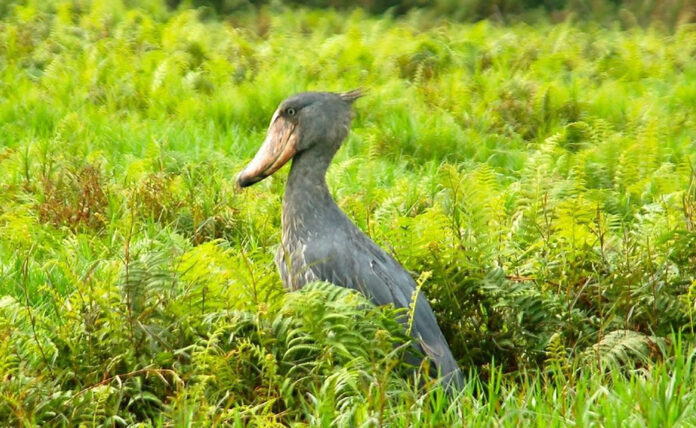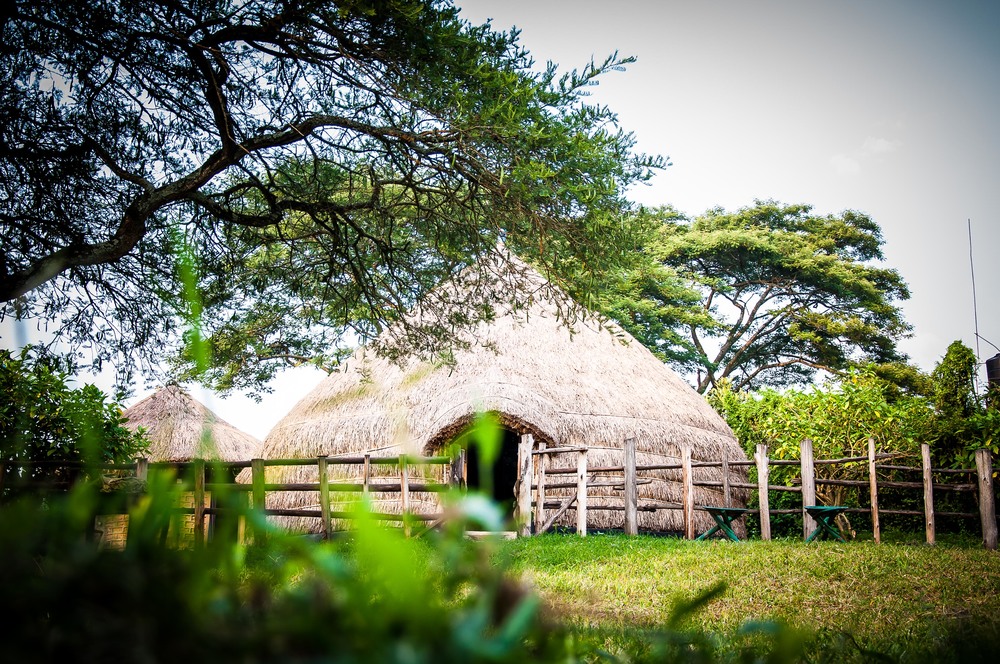To quote the urban youth: “It is not a looker”. Not one bit! How the shoebill stork, (often just called the shoebill), which should be nowhere near the list of the most sought after birds then becomes one of the most sought after birds become bedazzling! Oh yes, it really is. Not only does it feature in the list of beauties, it actually tops it.
It’s named clearly curved out of its massive bill, which is a replica of a shoe, the shoebill is an excellent fisher. Many will even argue that it is unmatched. Scientists maintain that thanks to the sharp edges of its mandibles, this bird can reduce prey to mince. Just like that; the shoebill becomes one of the most fascinating birds to behold.
Like the Ugandans, the Shoebill’s life expectancy is 50 years and has been around for over 11,000 years now. True. Imagine a bird that has been around since the times of King Pharaoh of Egypt! Awesome, right? But this, researchers, worry could easily come to a screeching halt as fishermen have taken to killing this bird. They associate it with a bad omen, a thing that attracts bad luck whilst fishing. As a matter of fact, researchers at Nature Uganda, noted that there is a little under 1,000 of them left in Uganda.
They mostly seek solace in the country’s swampy areas and shallow lakes. Specifically, they have been spotted at Mabamba swamp, Lugogo Swamp in Ziwa Rhino Reserve, Lake Albert, the lower Nile in Murchison Falls Park, and Lake Mburo. To go on bird-watching in these places, one would need clear guidance and the internet is awash with these. Because it is a rare sighting, it would be also good to know which times of the day it is most seen.













